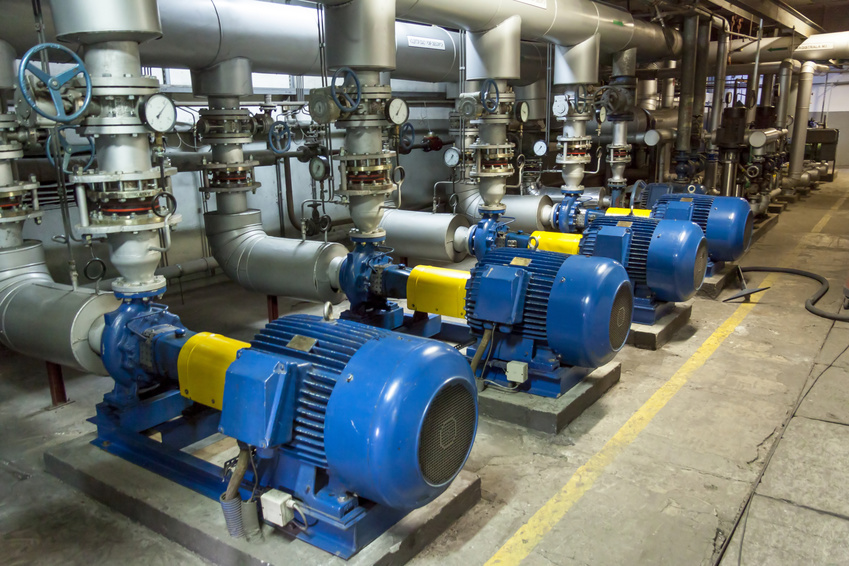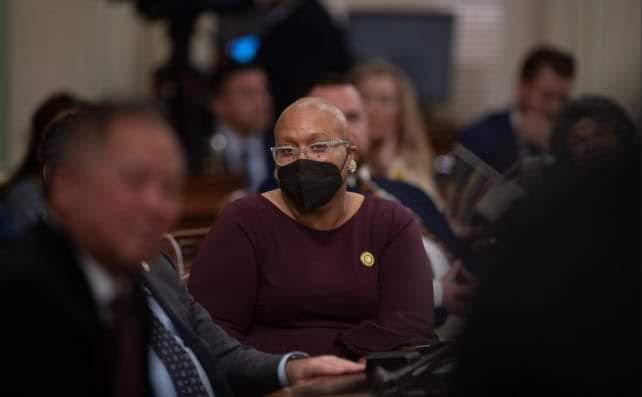
Towns across the midwest and parts of the south have been feeling the heat with heavy rains causing record-breaking flooding in the last few weeks. And now that the flood waters have retreated, serious repairs and cleanup are needed to fix the damage.
According to the Mississippi River Cities and Towns Initiative, a local advocacy group, repairs and cleanup following the prolonged flooding will cost over $2 billion. This is significant considering floods have cost the U.S. as a whole $40 billion since 2010 and all 50 states have experienced flooding in the past five years.
From Iowa to Louisiana, several towns have experienced serious flooding due to heavier-than-normal snowmelt in the late winter and frequent heavy rains this past spring. The Mississippi River has been well above its typical flood stage for over 200 days.
The heavy flooding, which has stuck around for much longer than usual, has led to a series of unusual problems. Due to water soaking into the ground or seeping through saturated levees, some towns are dealing with sinkholes.
Excavators alone can reach depths of 32 feet, and crews have been drilling small boreholes to locate possible sinkholes around those that have already developed. Montreal might use a fleet of 172 vehicles to clear the streets of snow every year, but it’s likely Mississippi will need even more help than that. The good news is, if the sinkhole is small enough, they can be repaired and filled in.
However, sinkholes aren’t the only issues Mississippi River towns are having. Mayor Errick Simmons of Greenville, Mississippi says that sewer-pump failures have been damaging to the town’s lower-income areas. That means bacteria could be getting into the water supply. And considering there are already 710,000 flu-related hospitalizations annually, the contaminated water here could lead to bacterial issues that might even prove more deadly than the flu virus.
“Some folks can’t flush their commodes,” said Simmons.
Davenport, Iowa was one of the hardest-hit towns in the flooding. A barrier failure on April 30 caused floodwaters to surge into the city’s downtown, washing away several vehicles and swamping buildings. The barrier had been holding back floodwaters for 80 days when it finally gave way.
“The unprecedented length of the flood, coupled with the depth, has definitely had a serious impact,” said Davenport Mayor Frank Klipsch.
Grafton and Alton, Illinois also suffered the second-worst flooding on state record. Popular shops in Grafton aren’t expected to reopen until mid-July and Alton Mayor Brant Walker said the flooding was so bad the river expanded seven miles wide. Front and back lawns in the U.S. collectively contain 21 million acres alone.
“We’re hoping to get this flood behind us and get everybody back to work because it’s been absolutely devastating,” said Walker.
Approximately 500 to 700 workers have been idled in Alton because of the flooding, including workers at the local casino, which has been temporarily shut down.
Thirty levees along the Mississippi River have also been damaged in the flooding. Jared Fartman of the U.S. Army Corps of Engineers in Vicksburg, Mississippi says the cost of repairing the levees hasn’t yet been determined.




